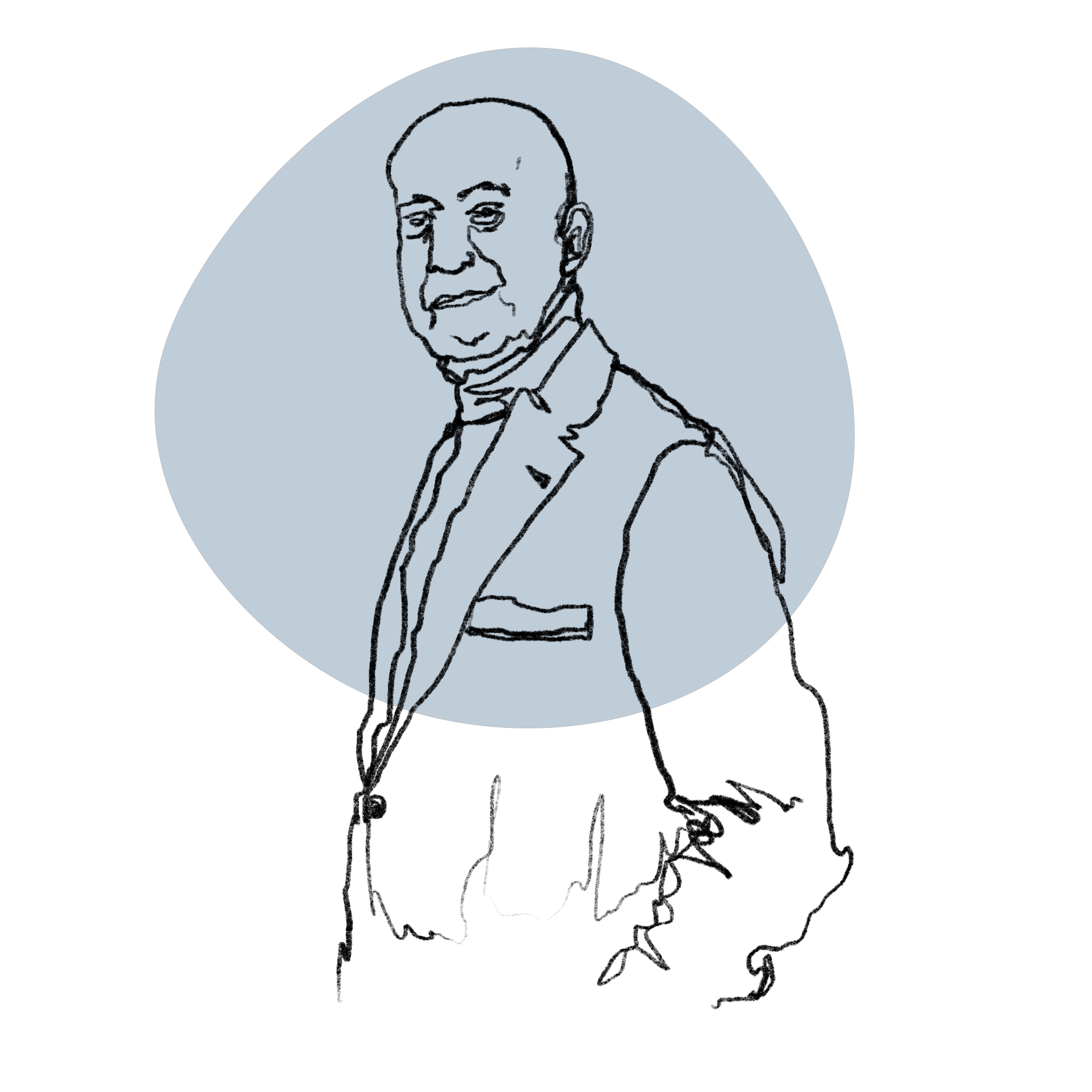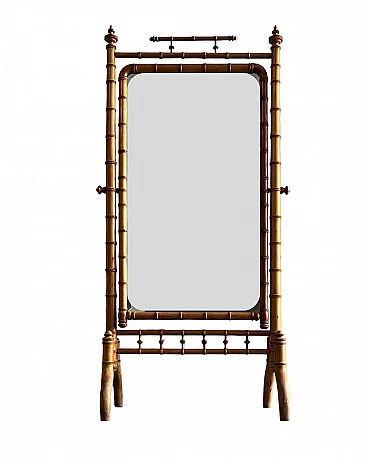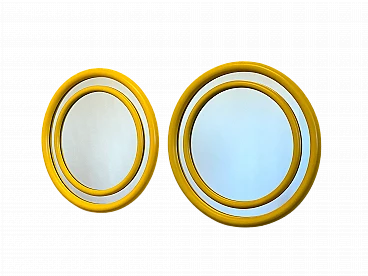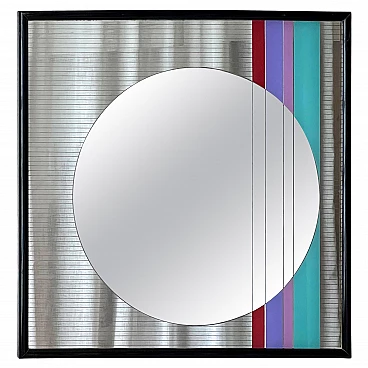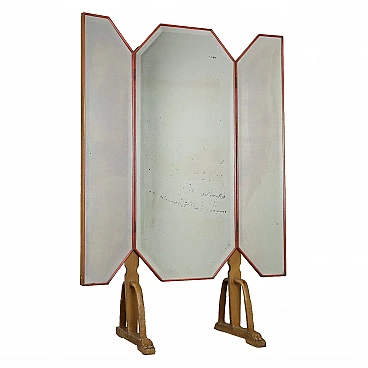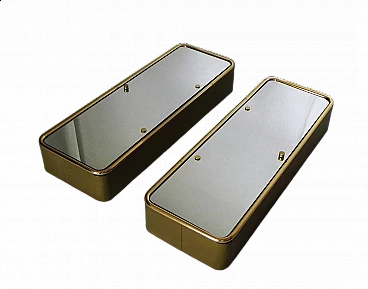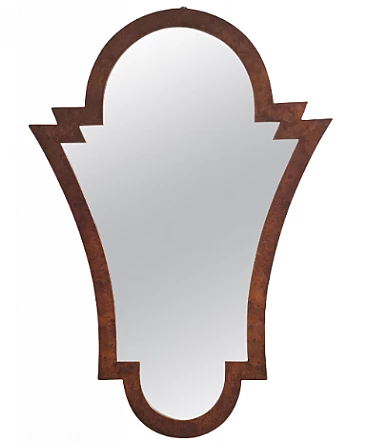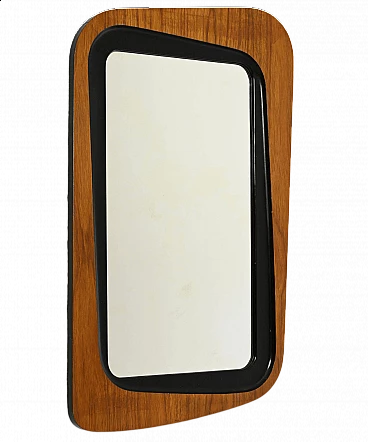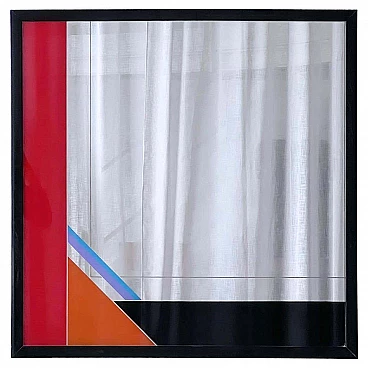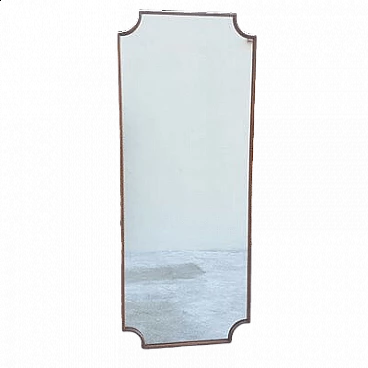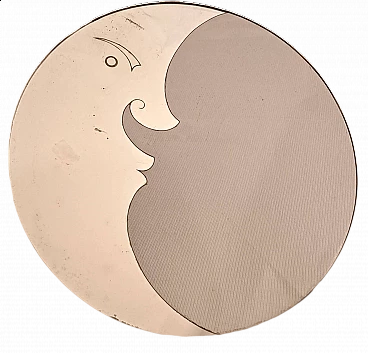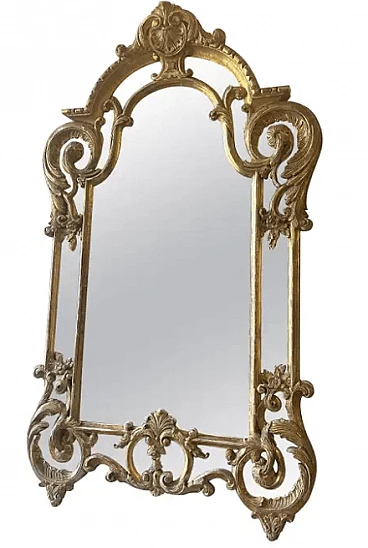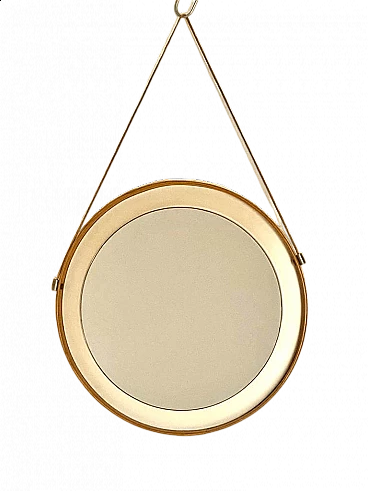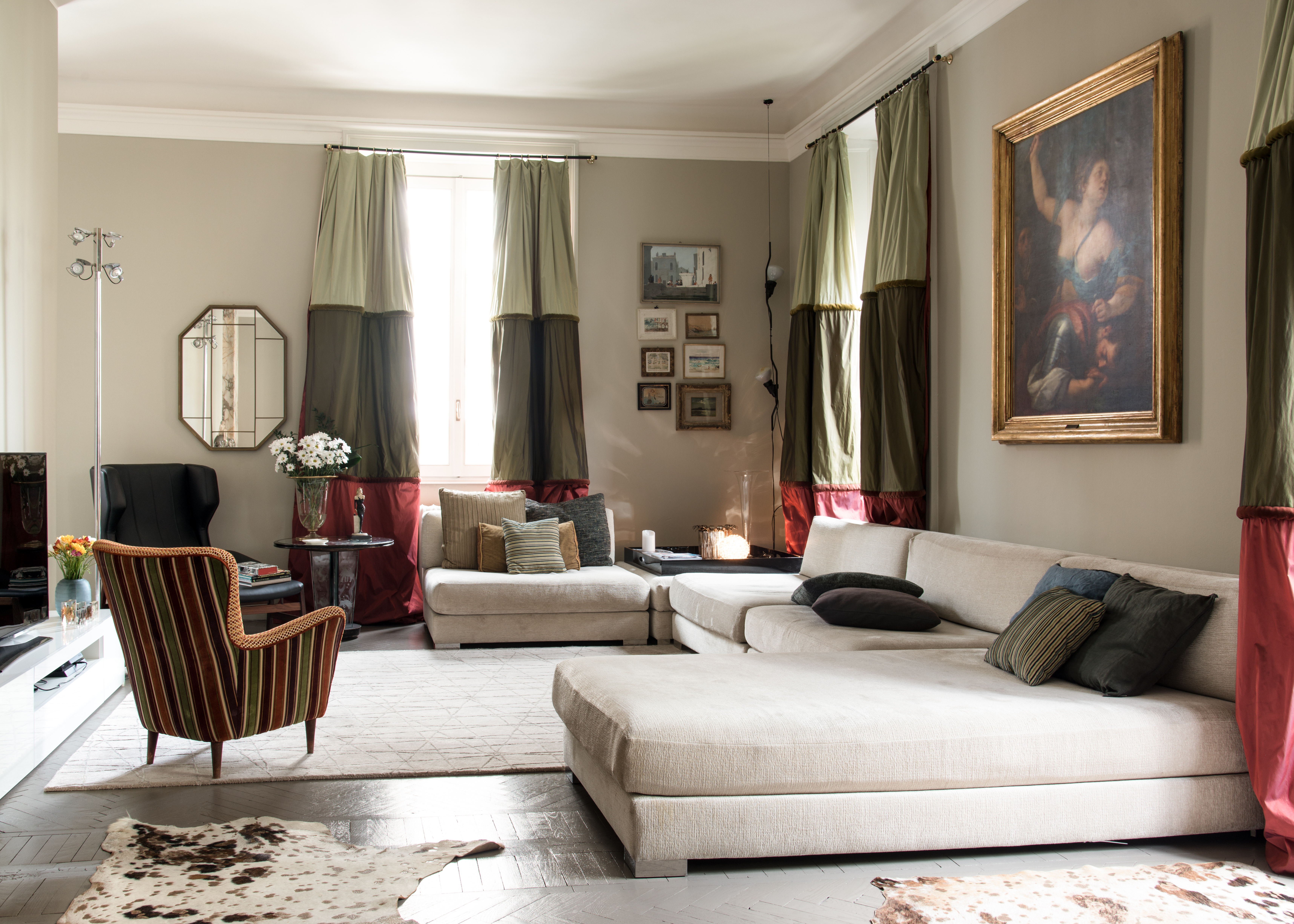A sumptuous and imposing Second Empire style frame with an original mercury ground mirror of the period, the frame was made with precious craftsmanship between 1865 and 1870 in Austria from fine African mahogany feathers with "slab" workmanship and enriched with elegant and refined gilded wood decorations at the corners and a finish of gilded acanthus leaves along the edge of the mirror. The ground mirror was made with the ancient mercury technique, which consisted of placing the metal on top of a series of layers of tin flattened on the glass, the mercury was then smoothed and polished with a special stone and buffered, the mixture thus obtained was called "quicksilver". This technique was developed by Venetian glass masters (Maestro Dal Gallo 1507); the Serenissima placed the process under secret, but with time it left the city and spread to European countries, first of all Austria and France. The Napoleon III style (Second Empire), together with the Neo-Renaissance style, belongs to that particular eclectic period that characterised European countries in the second half of the 19th century; in short, the Napoleon III style takes up the more serious and austere forms of the First Empire, but with the eclecticism that characterised the period, it makes it more graceful, refined and elegant, reflecting and well representing the social, cultural and economic period that Europe was experiencing at that time. The "lastronatura" is an artisan technique widespread since the 16th century and remained unchanged until the mid-19th century before the industrial revolution; the exact term is the Italian "lastronatura" untranslatable into English (maybe slab?), in fact the "lastronatura" is very different and older than wood-veneer. The technique consisted in cutting by hand with saws the trunks of trees of noble wood (walnut, mahogany, briar, feather, etc.) in many layers with a thickness that was equal to the thickness of the wood. The finishing of this process was very complex: the layer of wood was treated with natural earth dissolved in water to the desired shade, it was antiqued with stone, it was fixed with shellac applied with a brush and finally the polishing was carried out in 12 steps with a cotton ball soaked in shellac, straw oil and pumice stone powder. The "slab" is not to be confused with the veneering, which is a modern workmanship, in fact the wood layer is cut by machine and the thickness is less than 1 mm. while the "slab" one, as already said, is from 4 to 6 mm. This ancient technique, applied to our frame, has allowed us to enhance the colours, the flaming, and the grain of the precious African feather mahogany. The frame is in good general condition, but has small imperfections that we highlight in the photos; the mirror's imperfections, the small stains, and its surface veiled with patina, attest to its antiquity and authenticity. making it a unique, useful and beautiful piece of furniture. Measures width cm.114, depth cm.10, height cm.175.
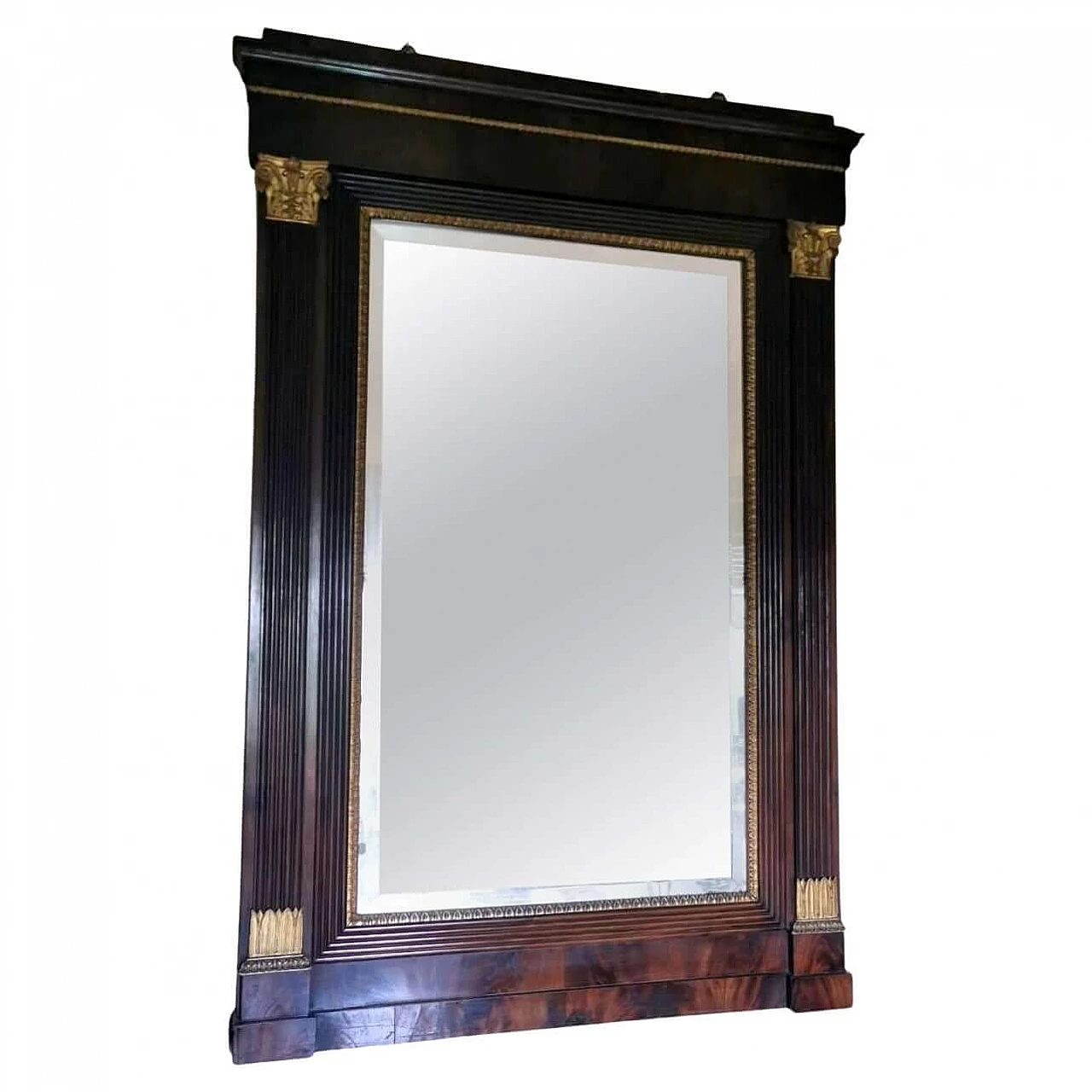
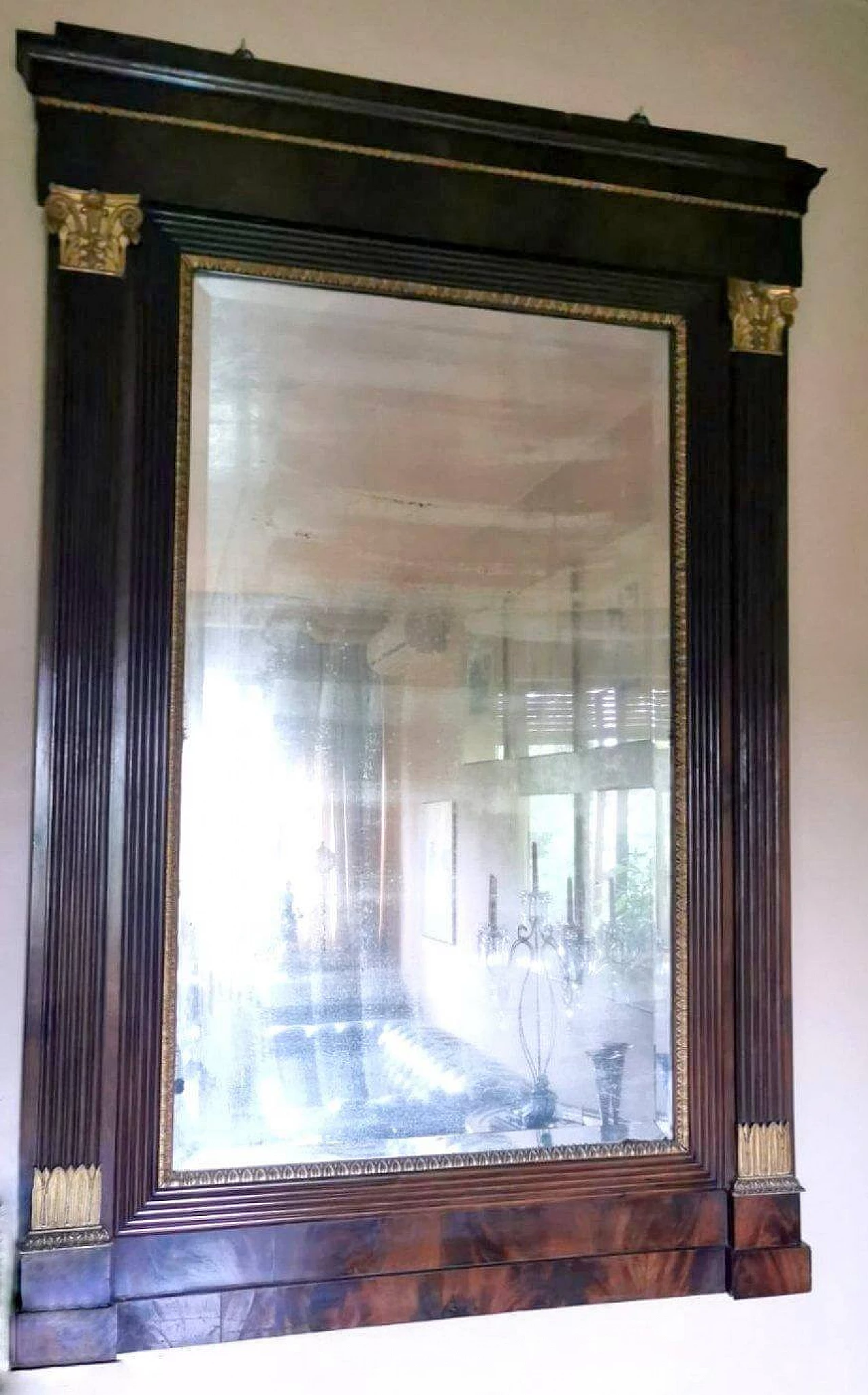
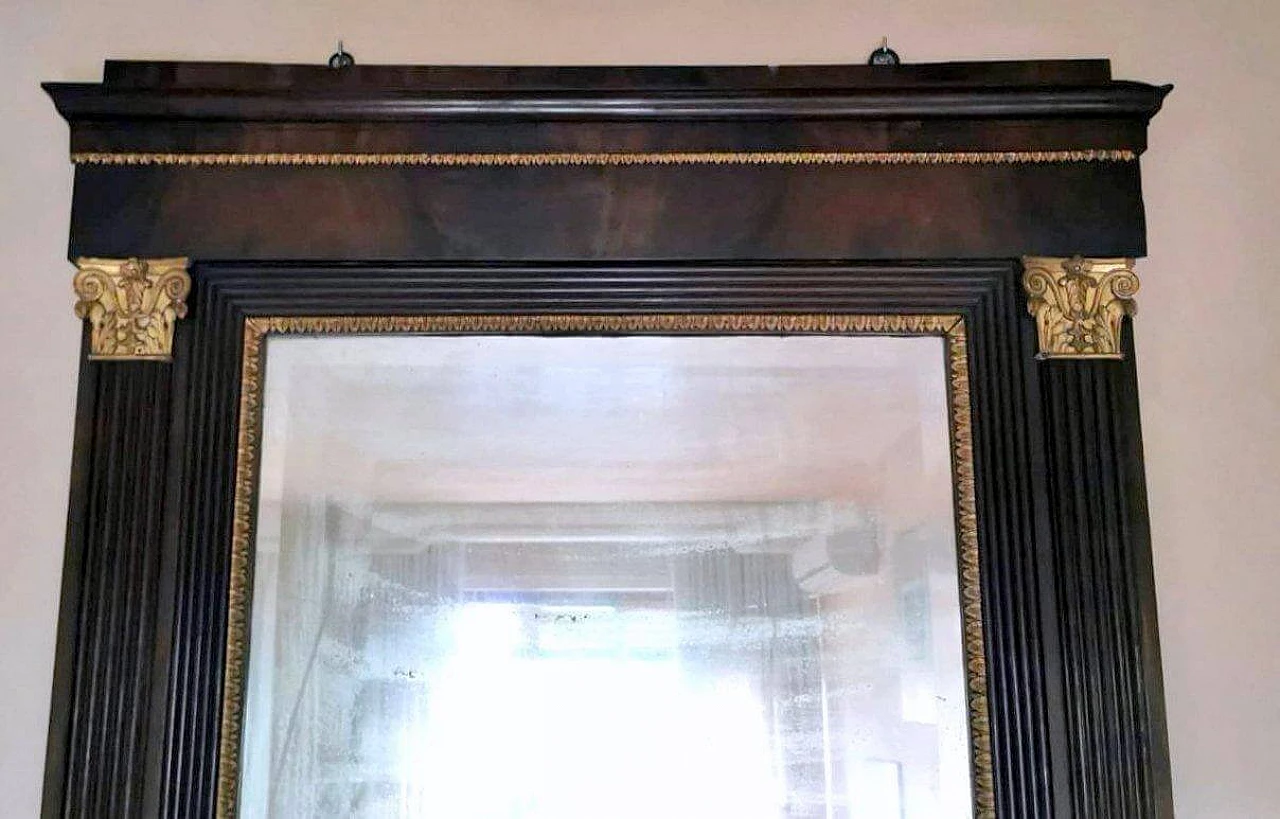
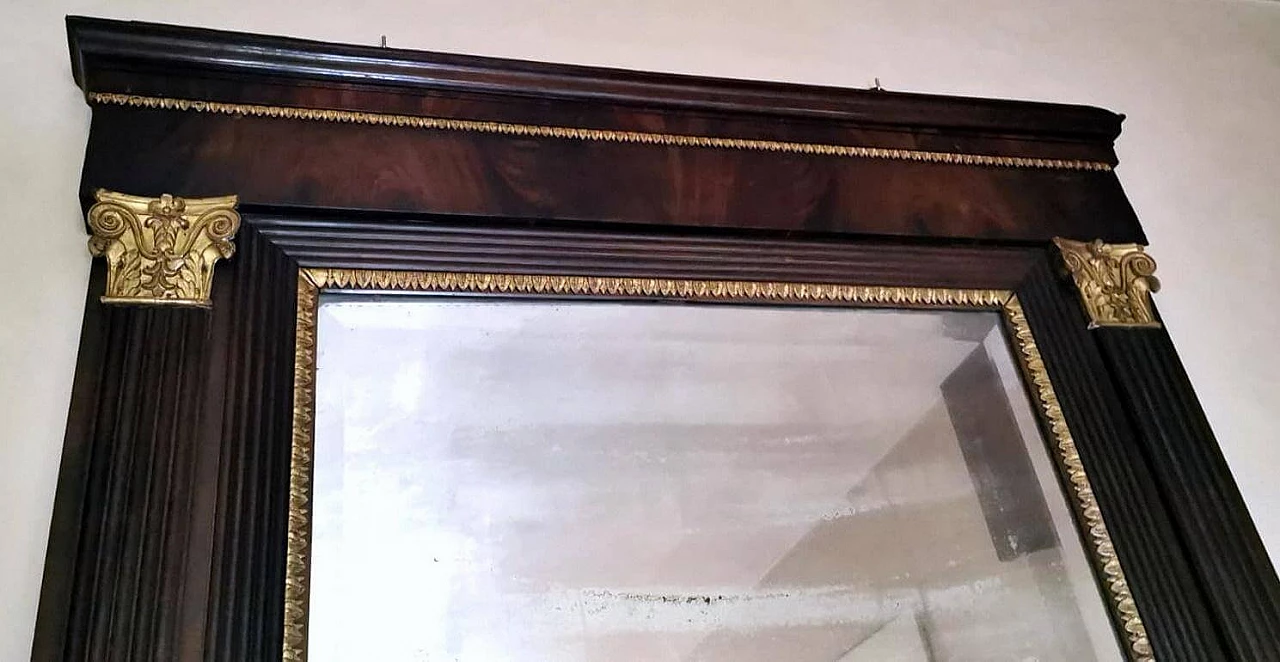
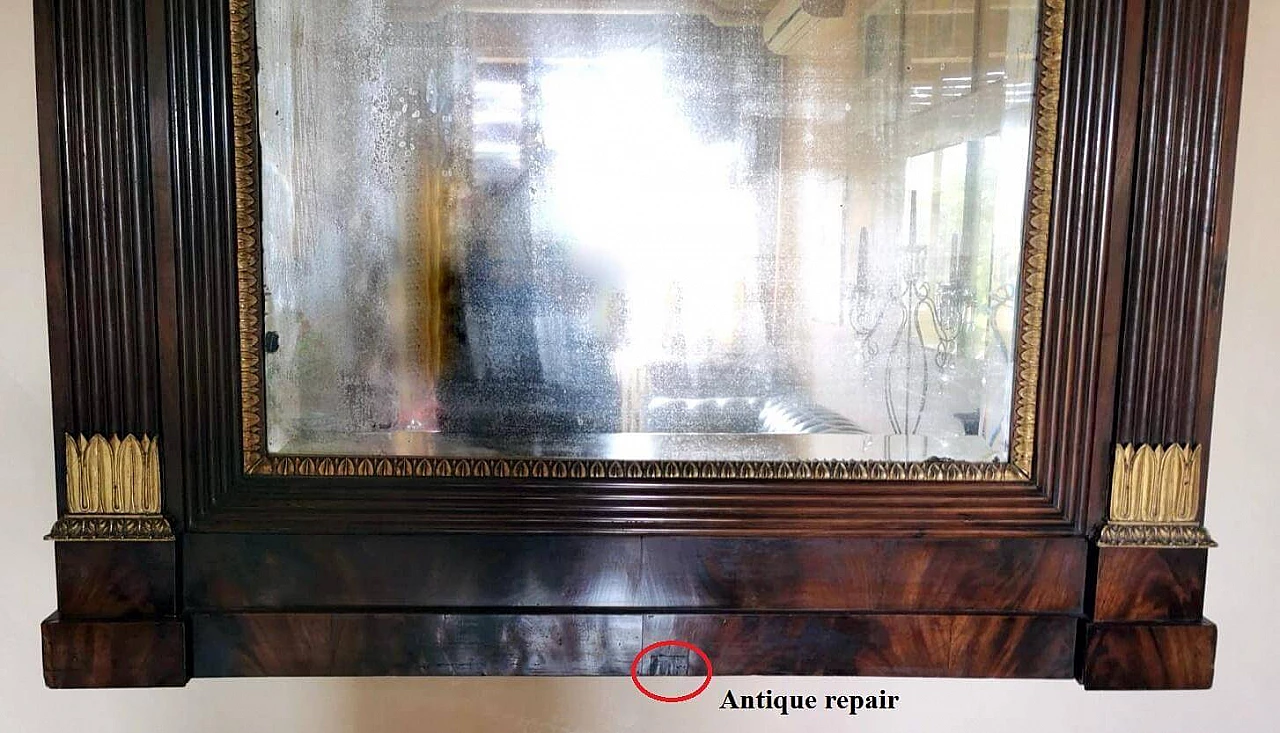
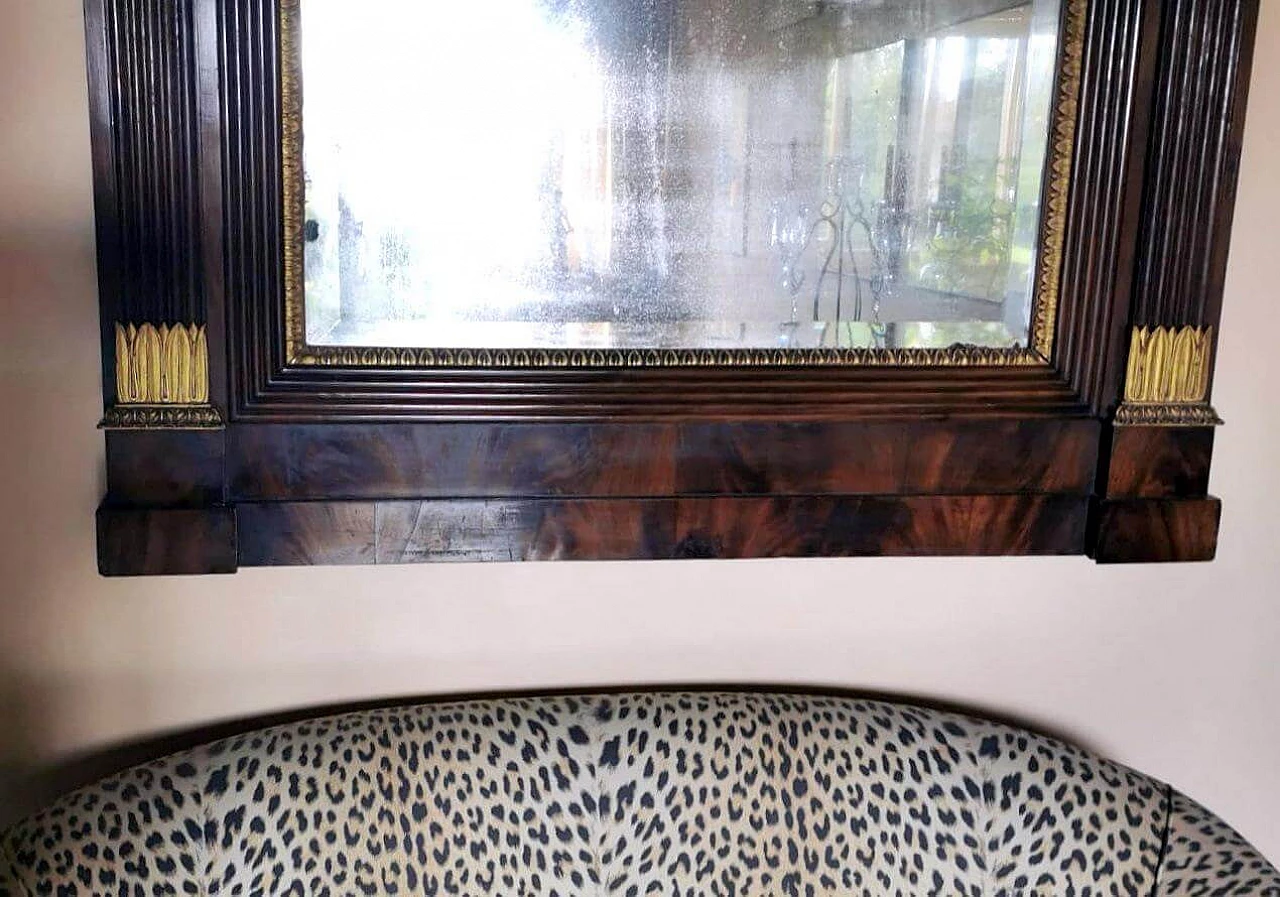
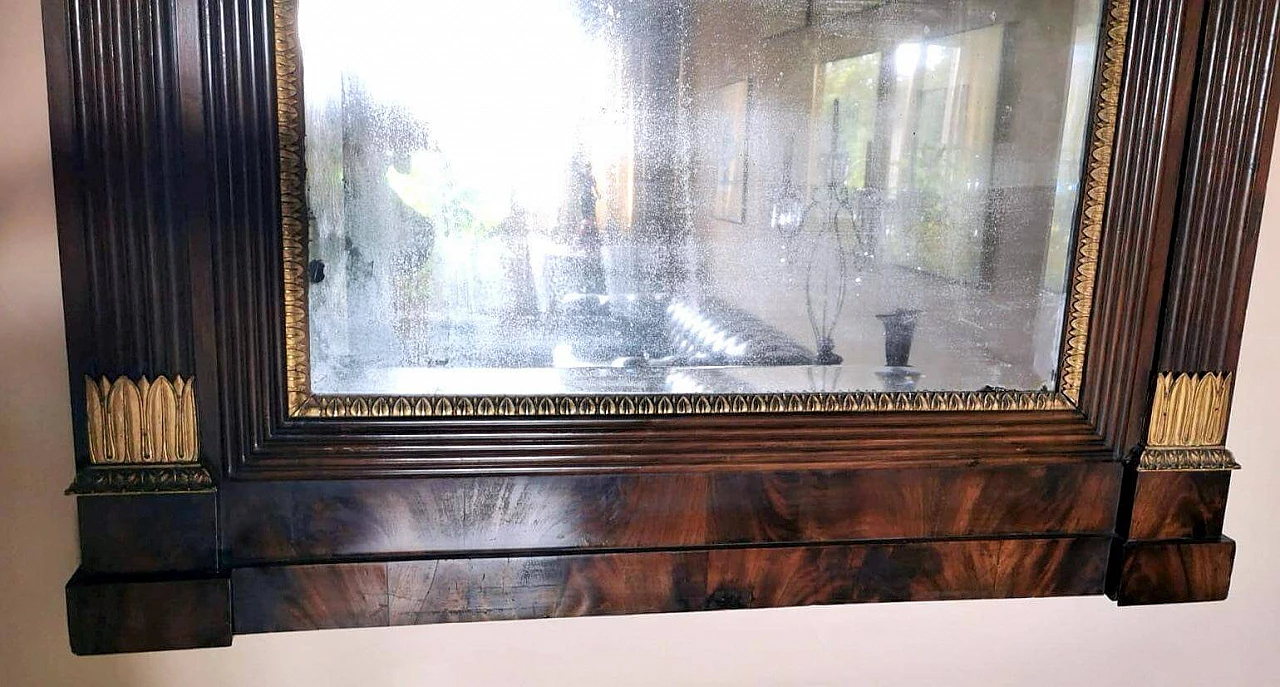
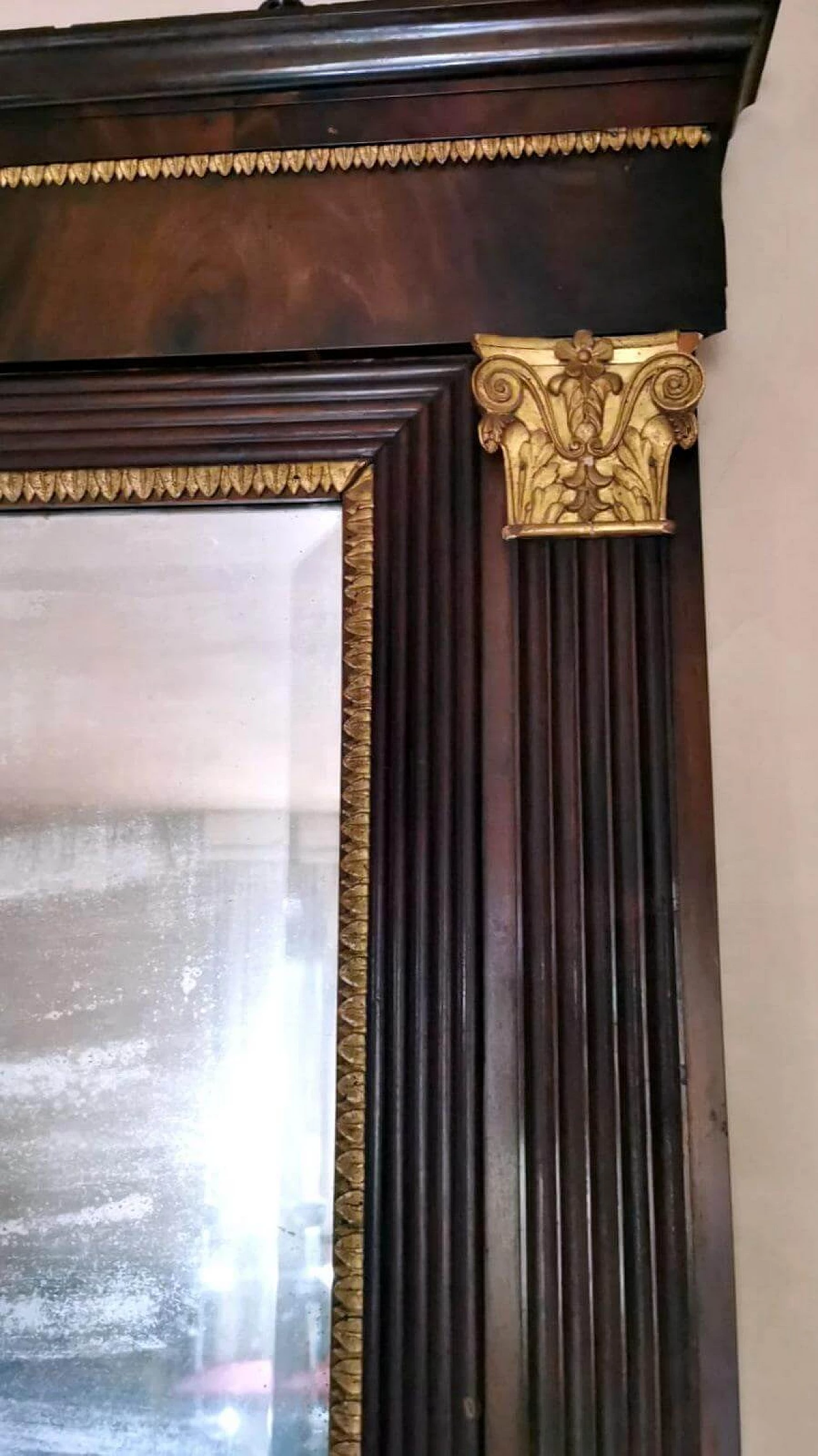
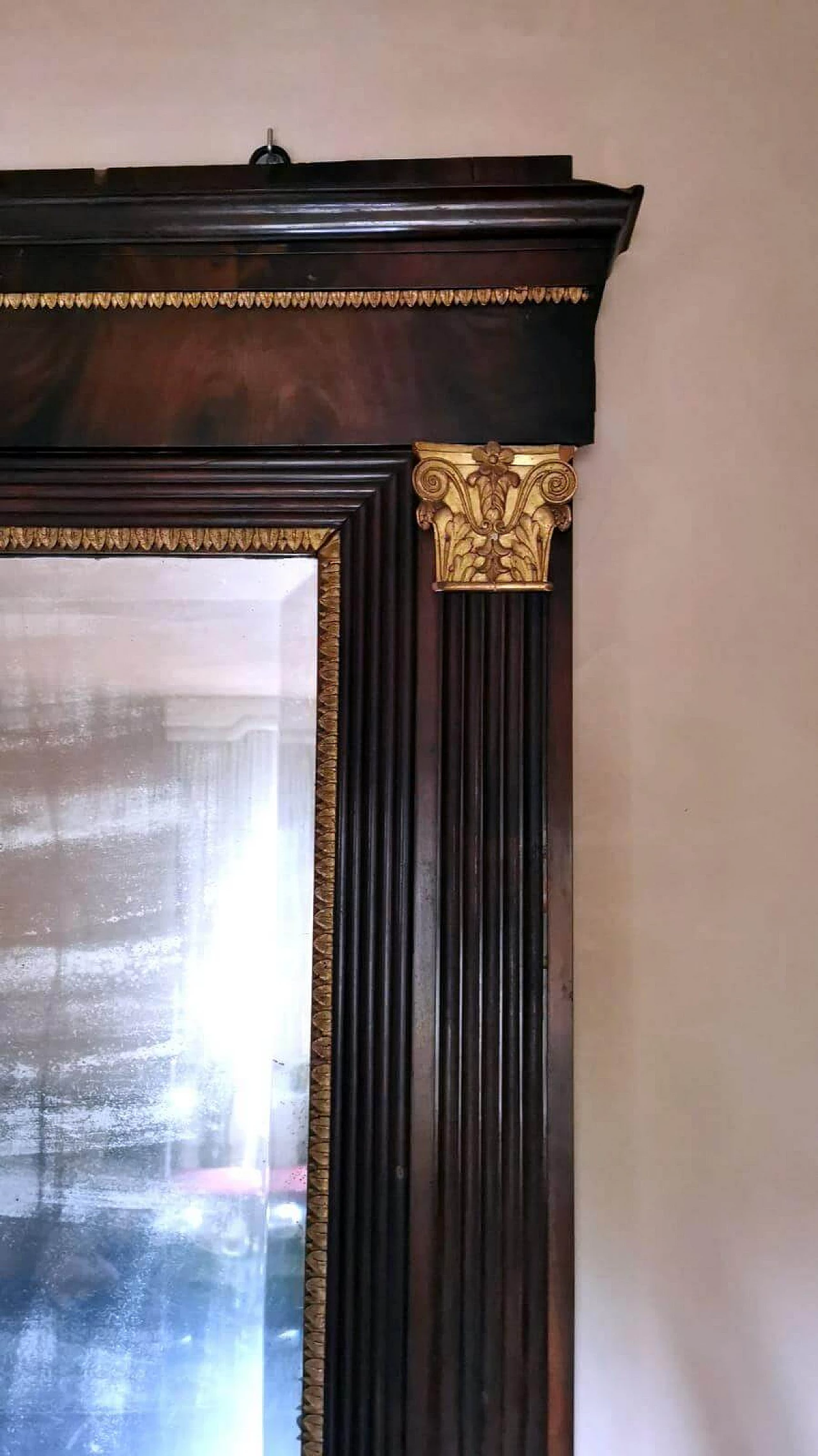
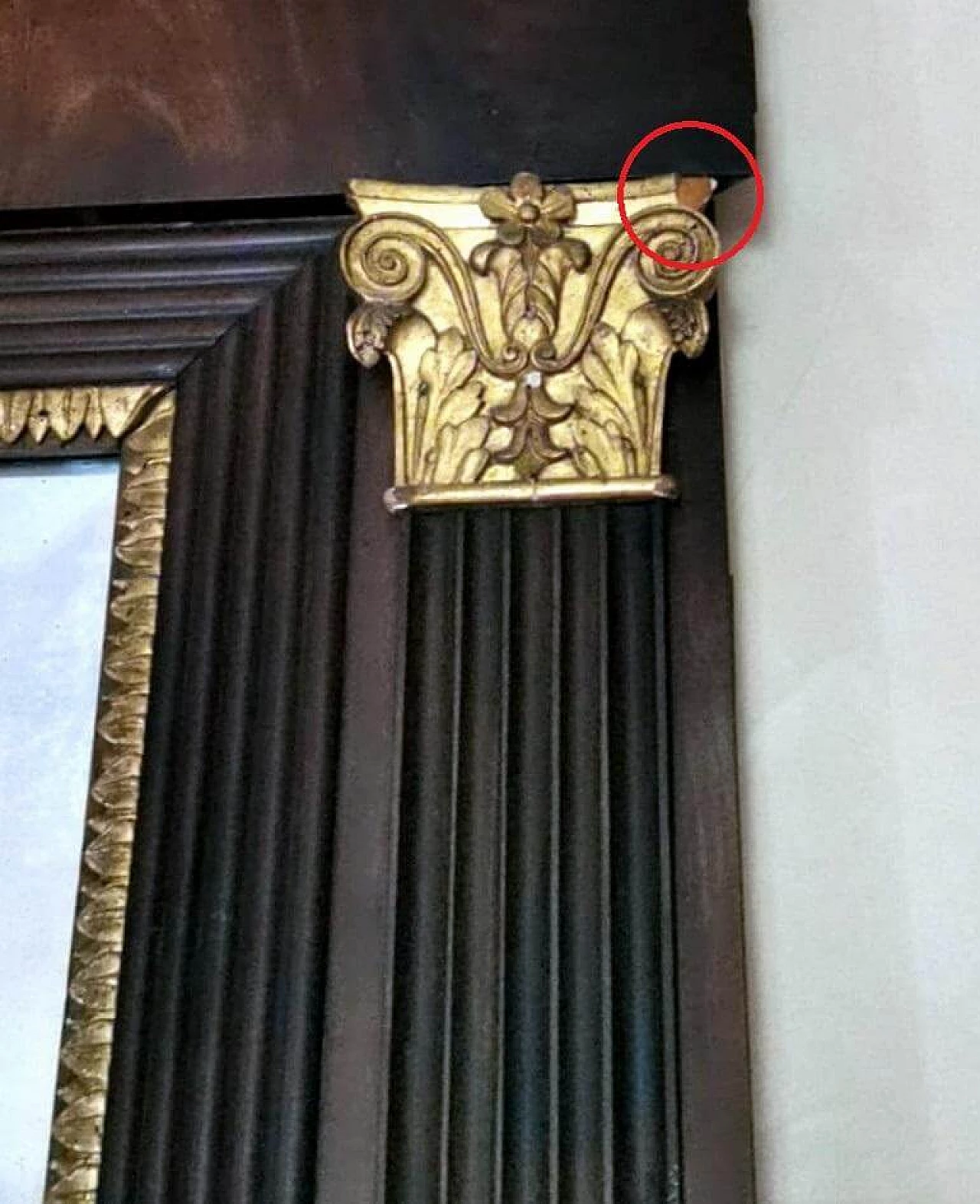
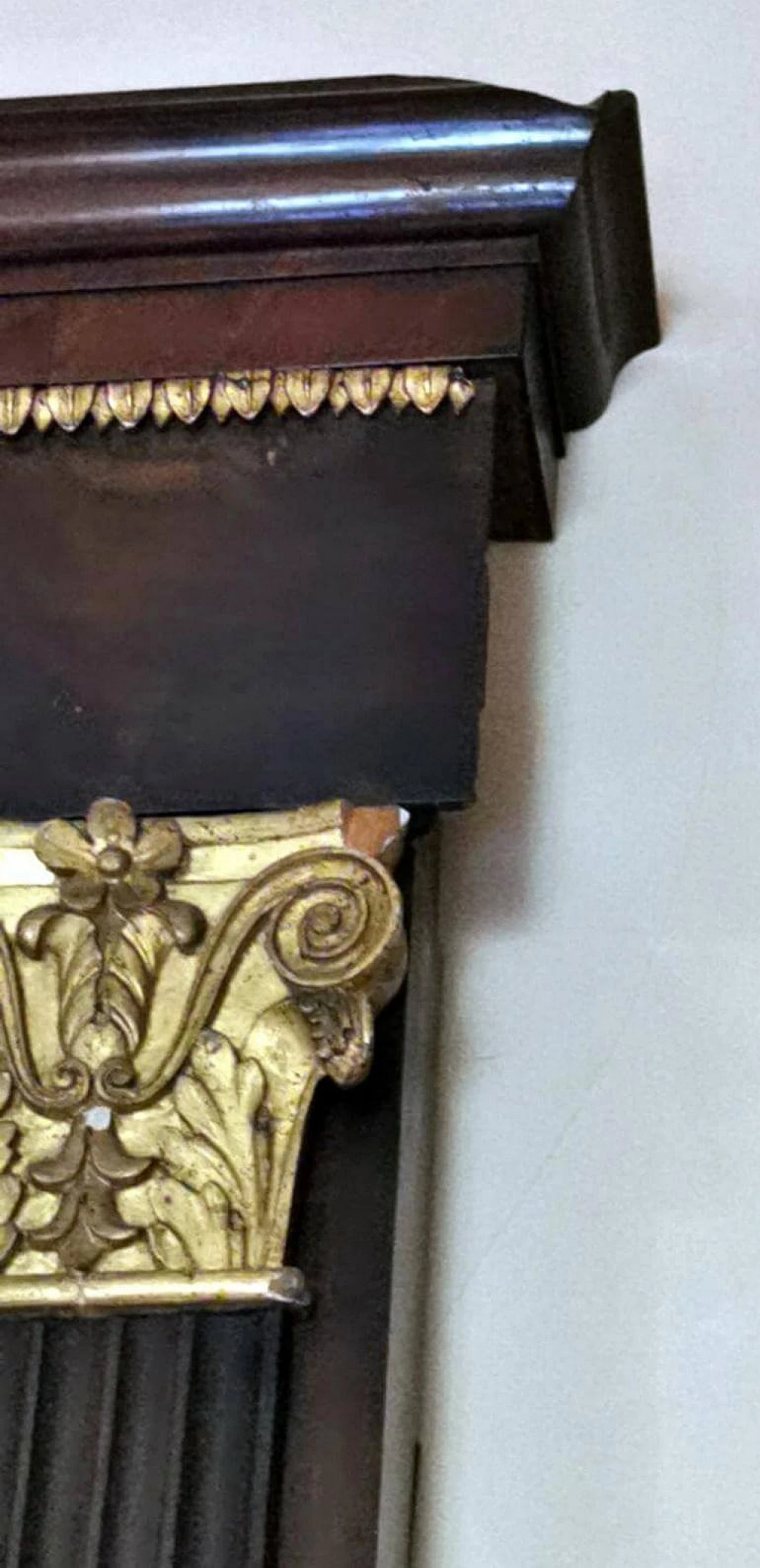
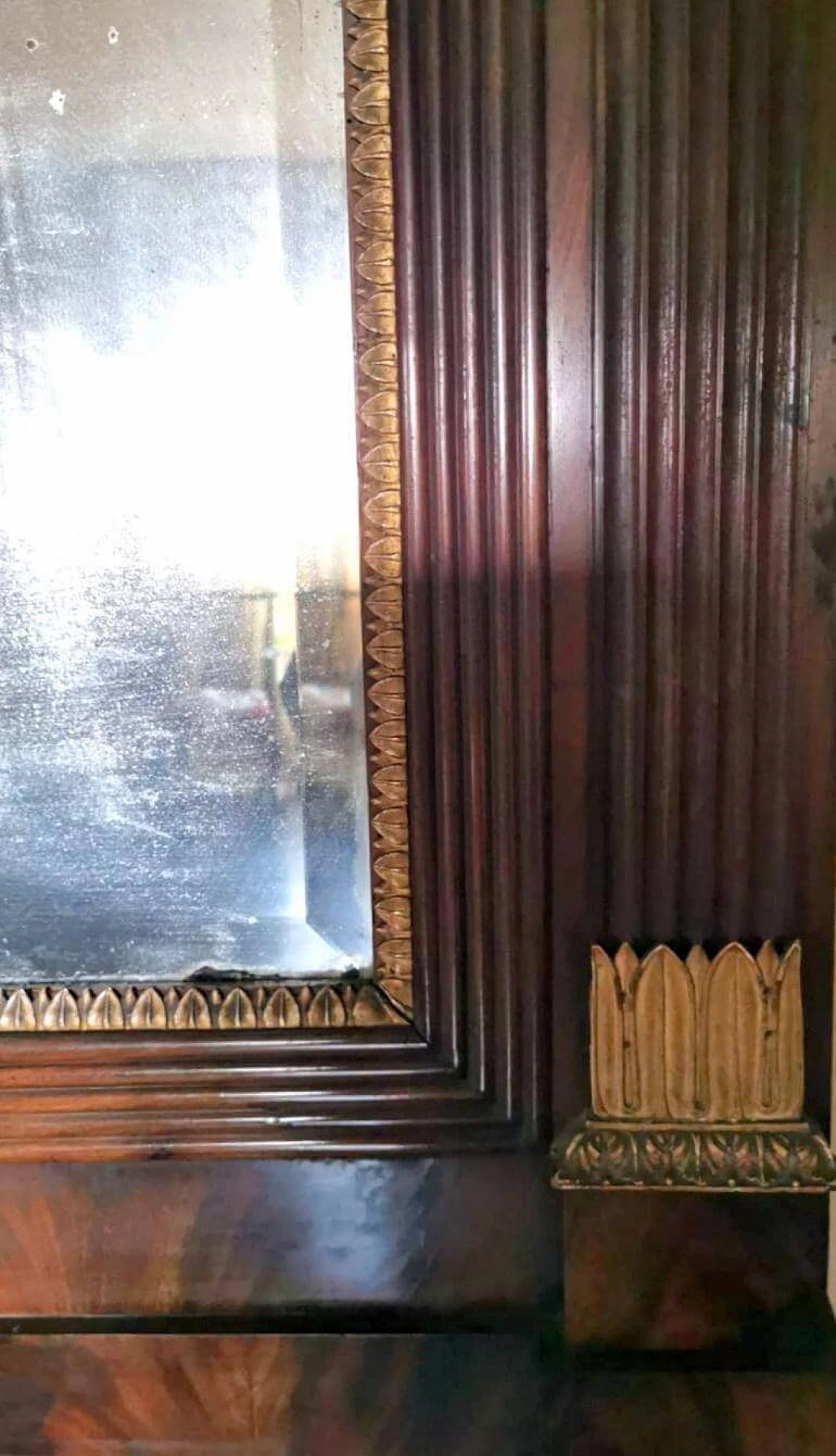
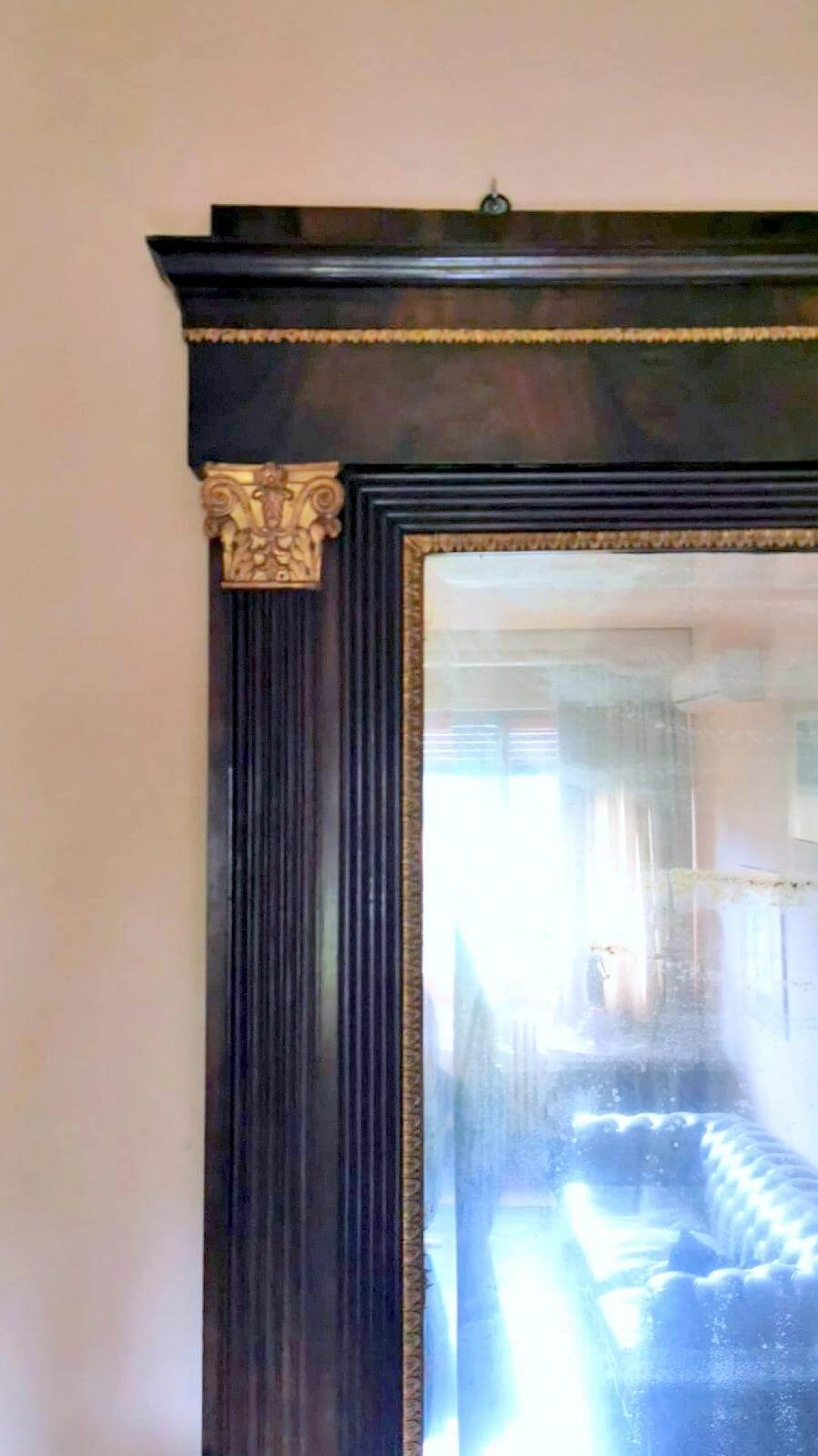
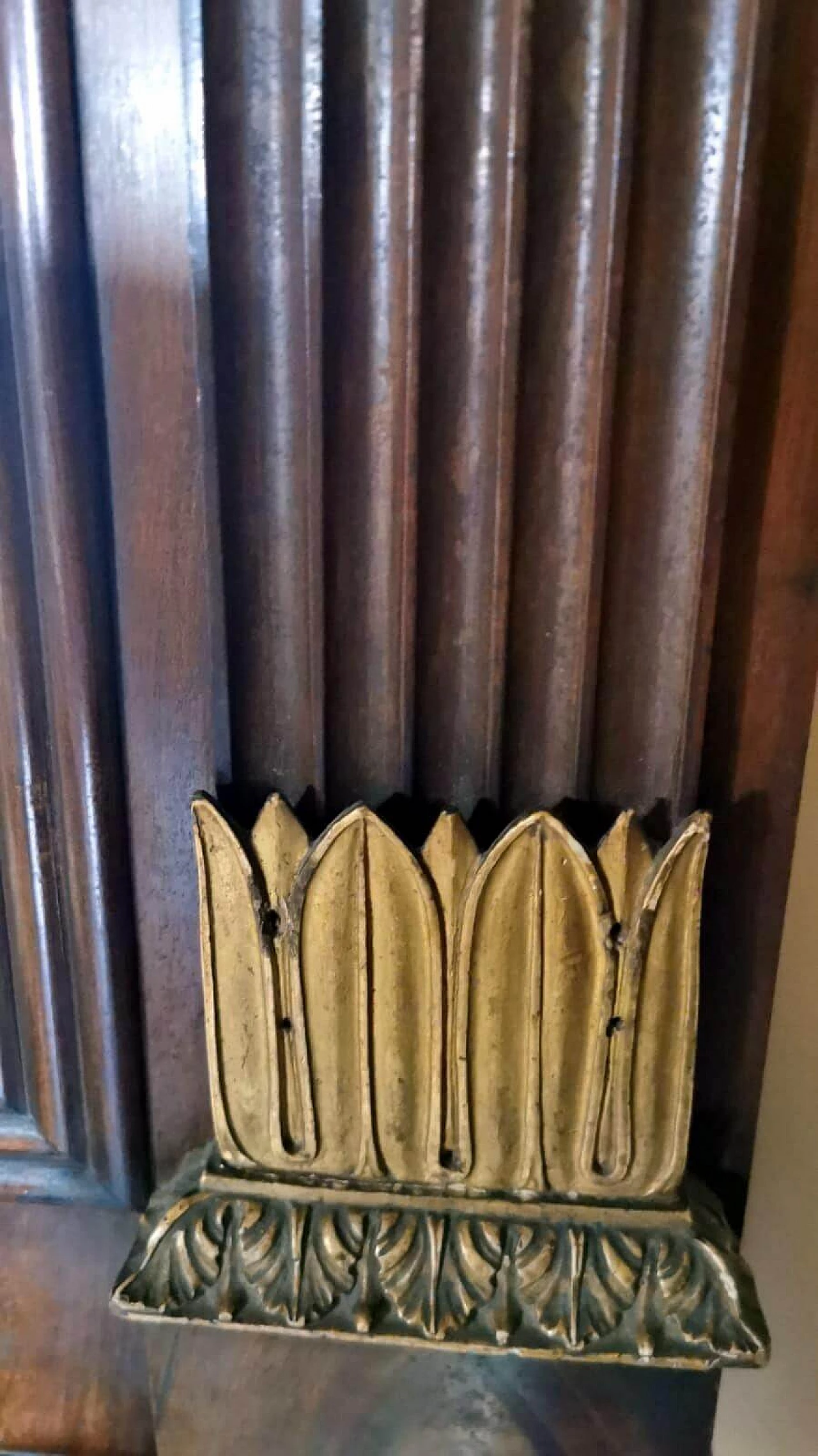
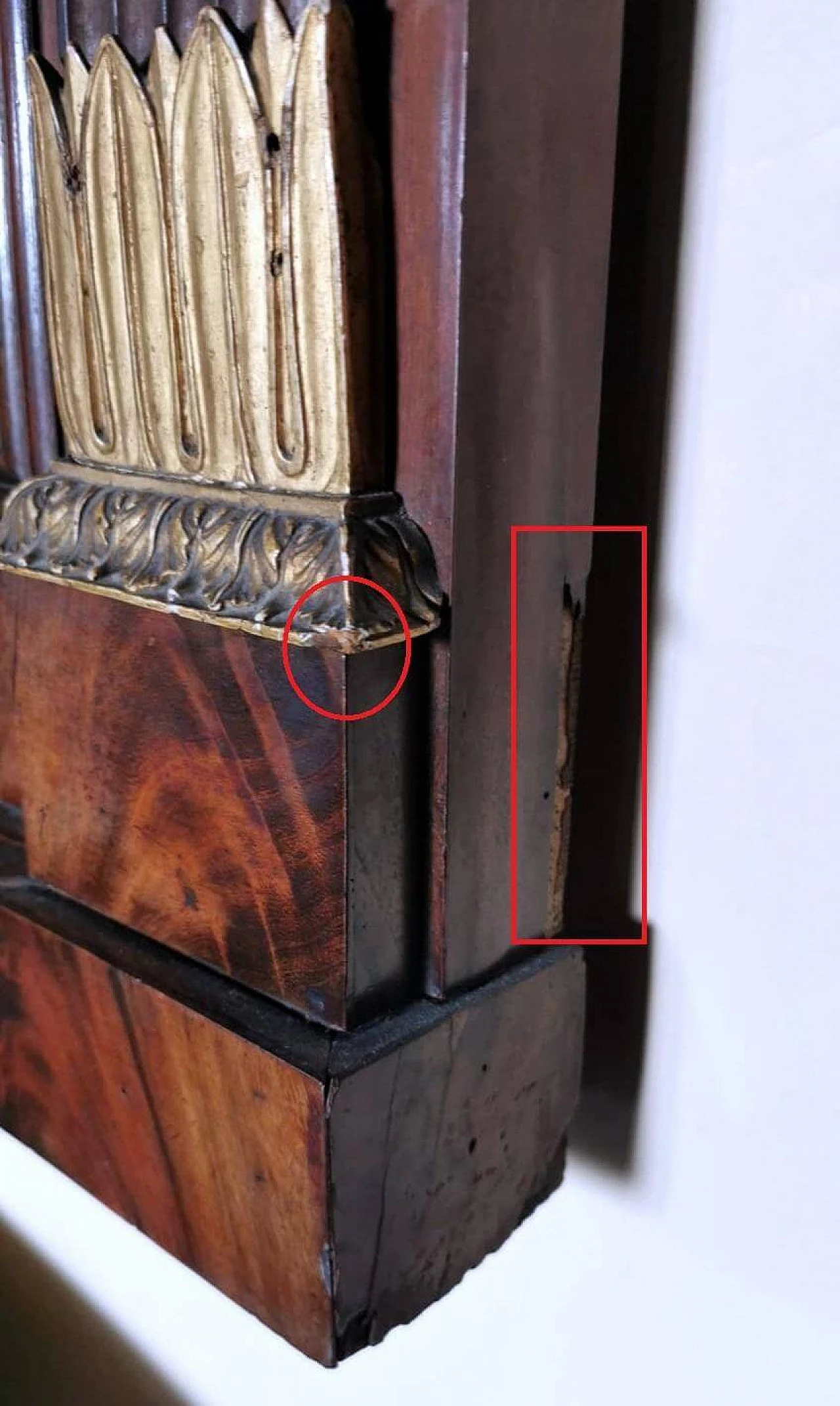
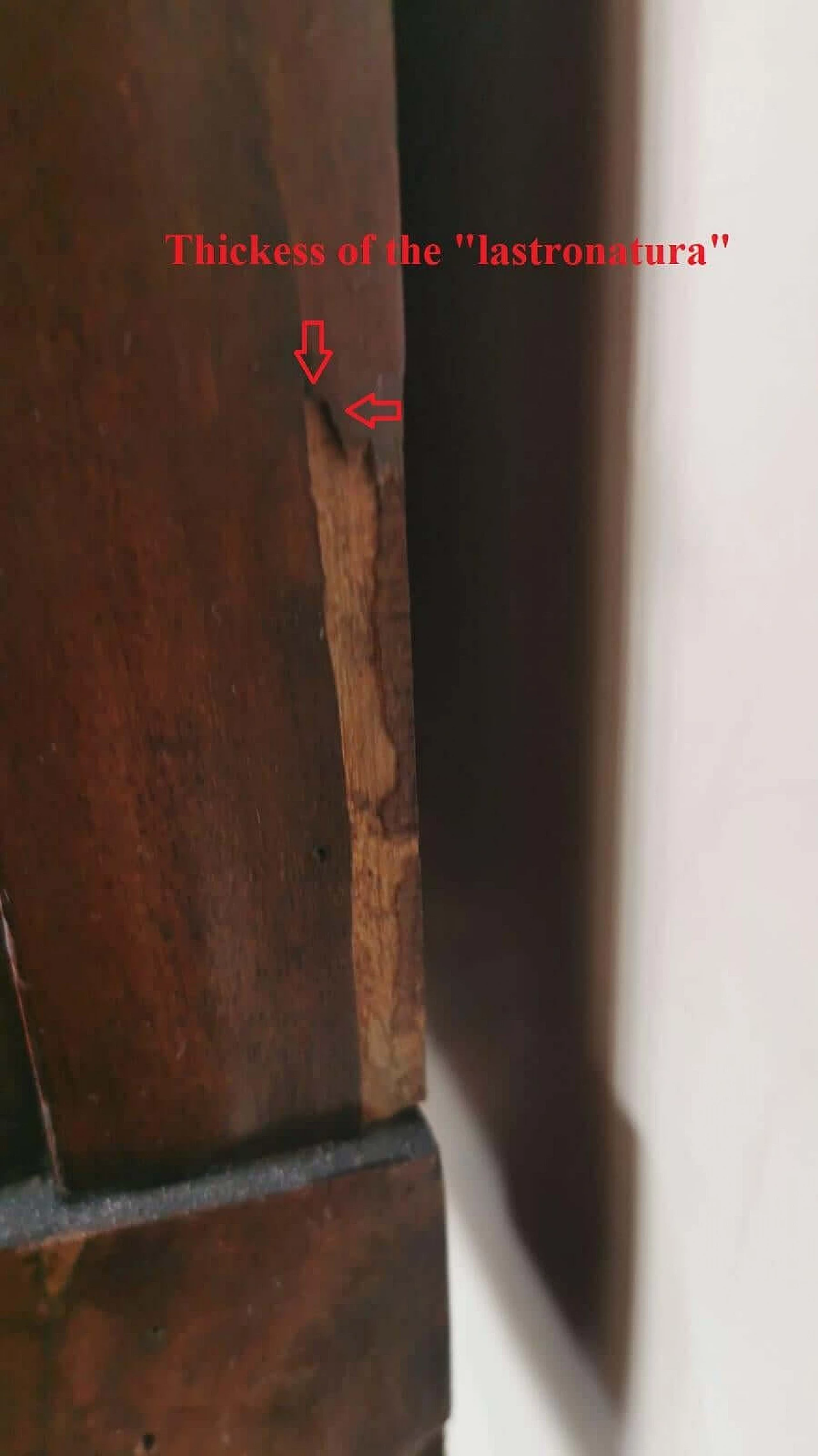
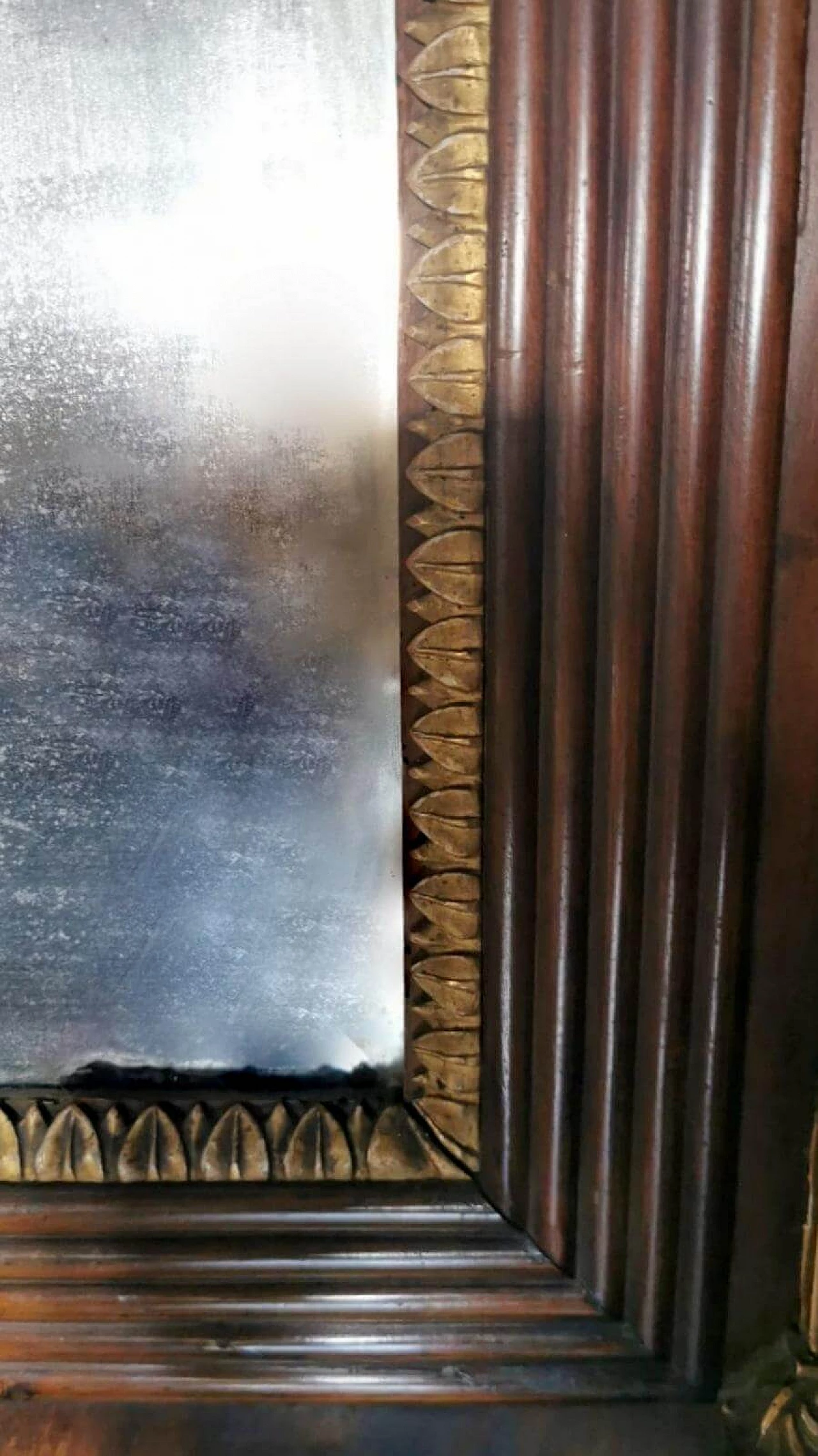
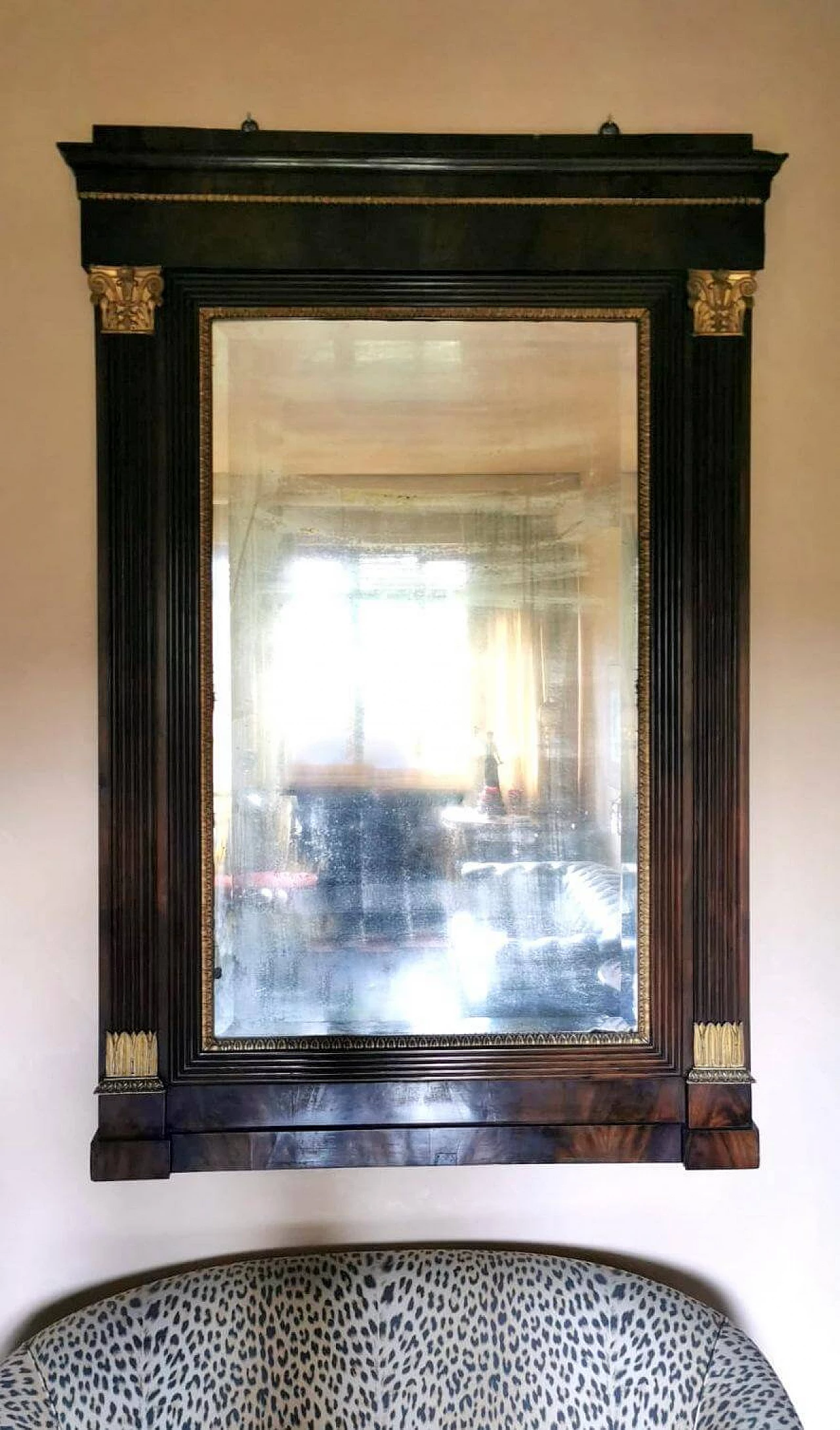
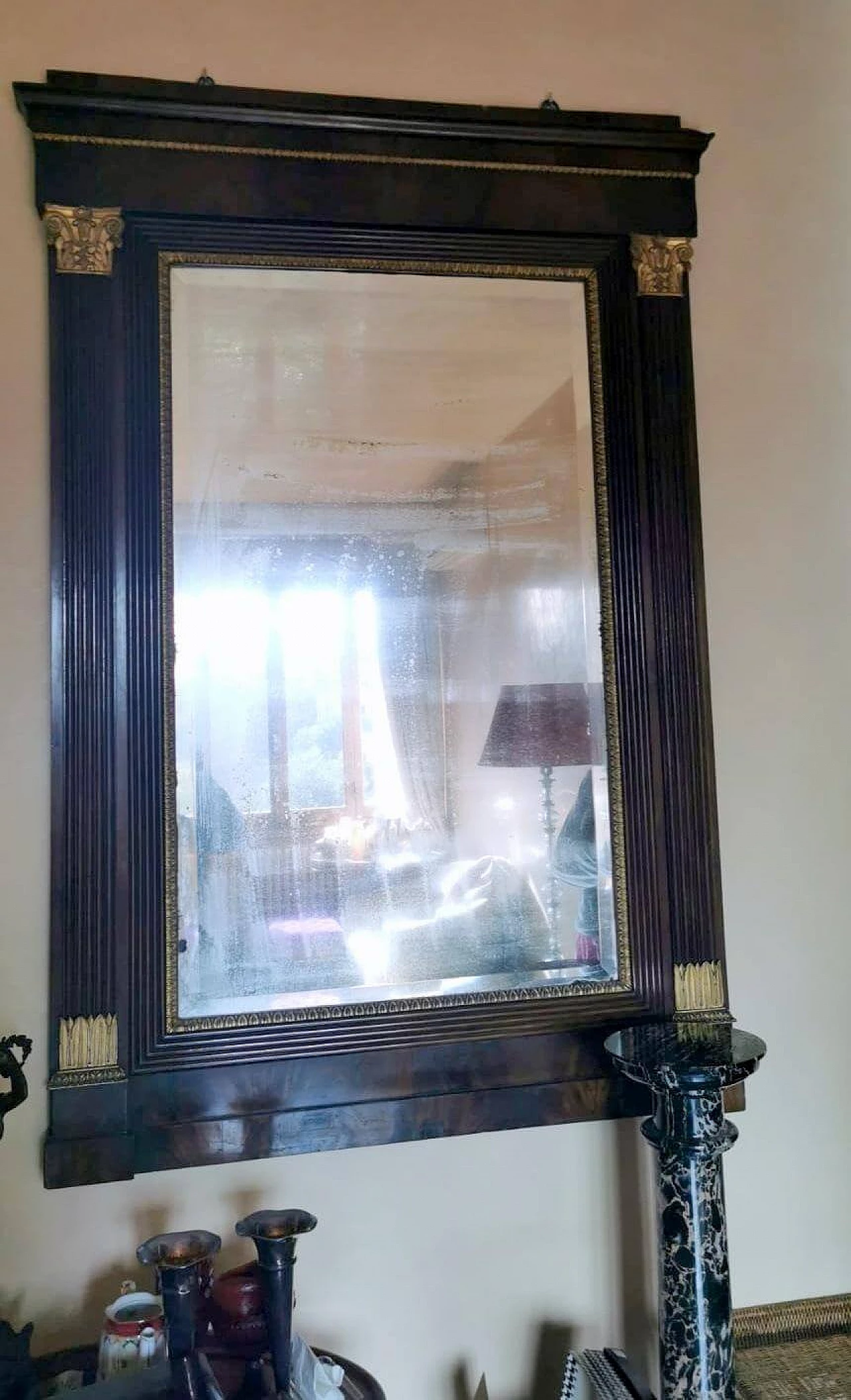
 SILVER Seller in Prato, Italy
SILVER Seller in Prato, Italy






.png)



